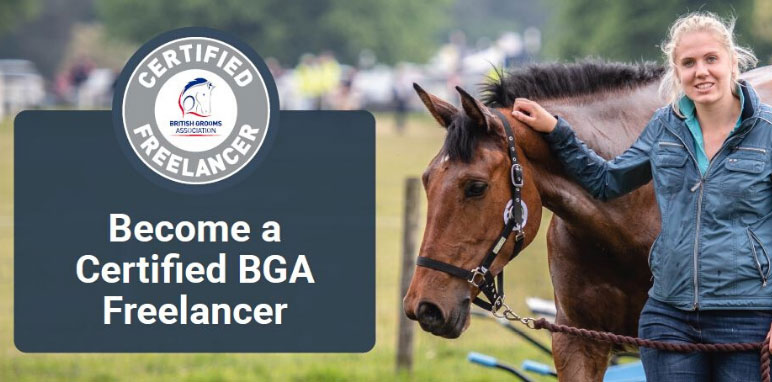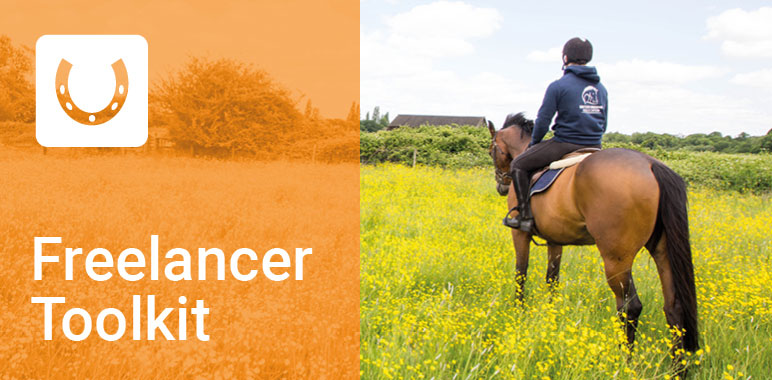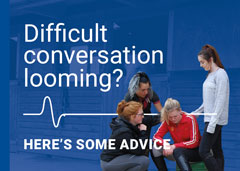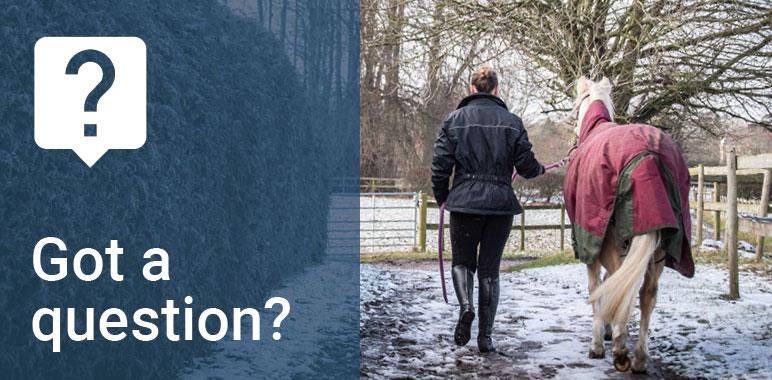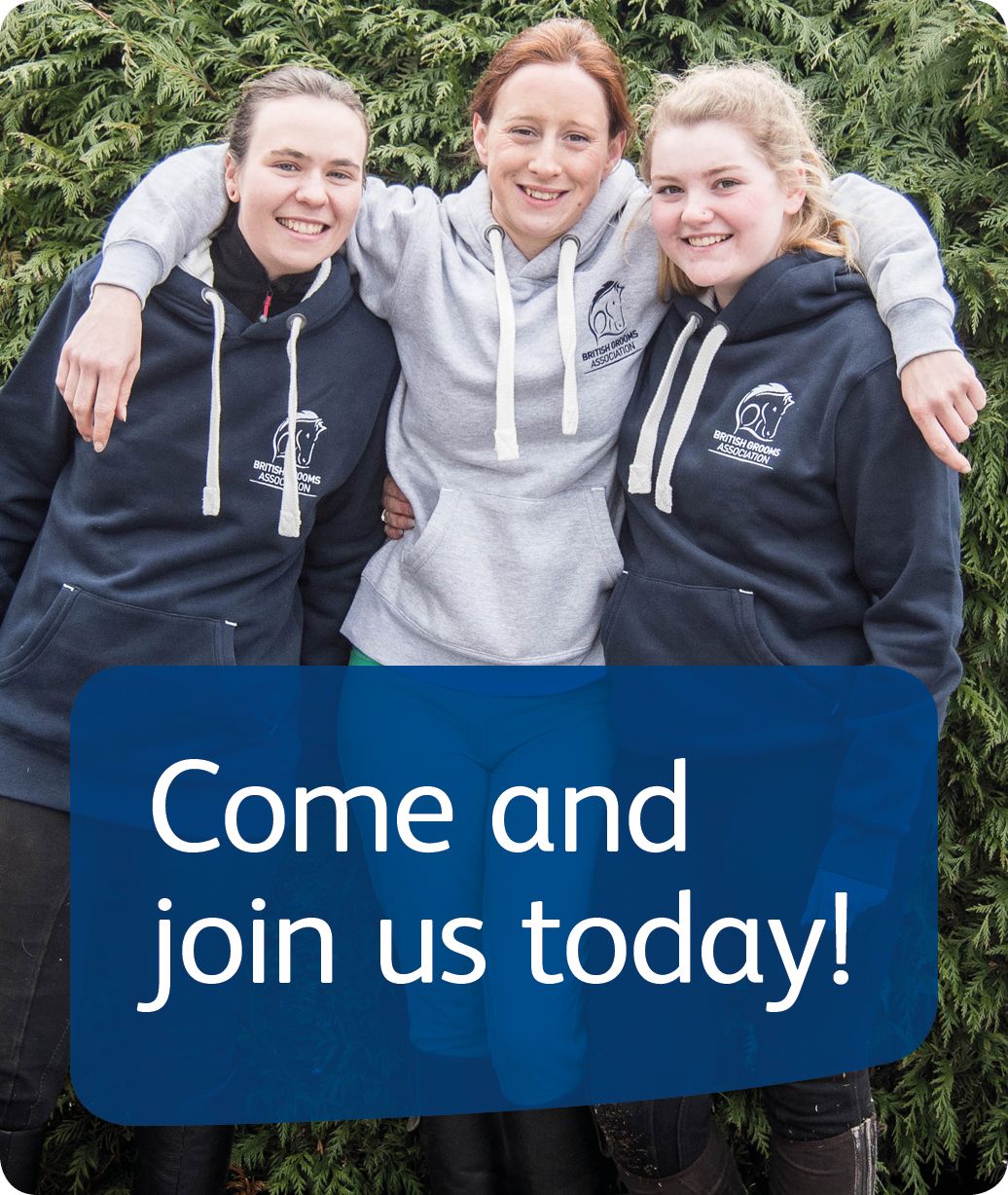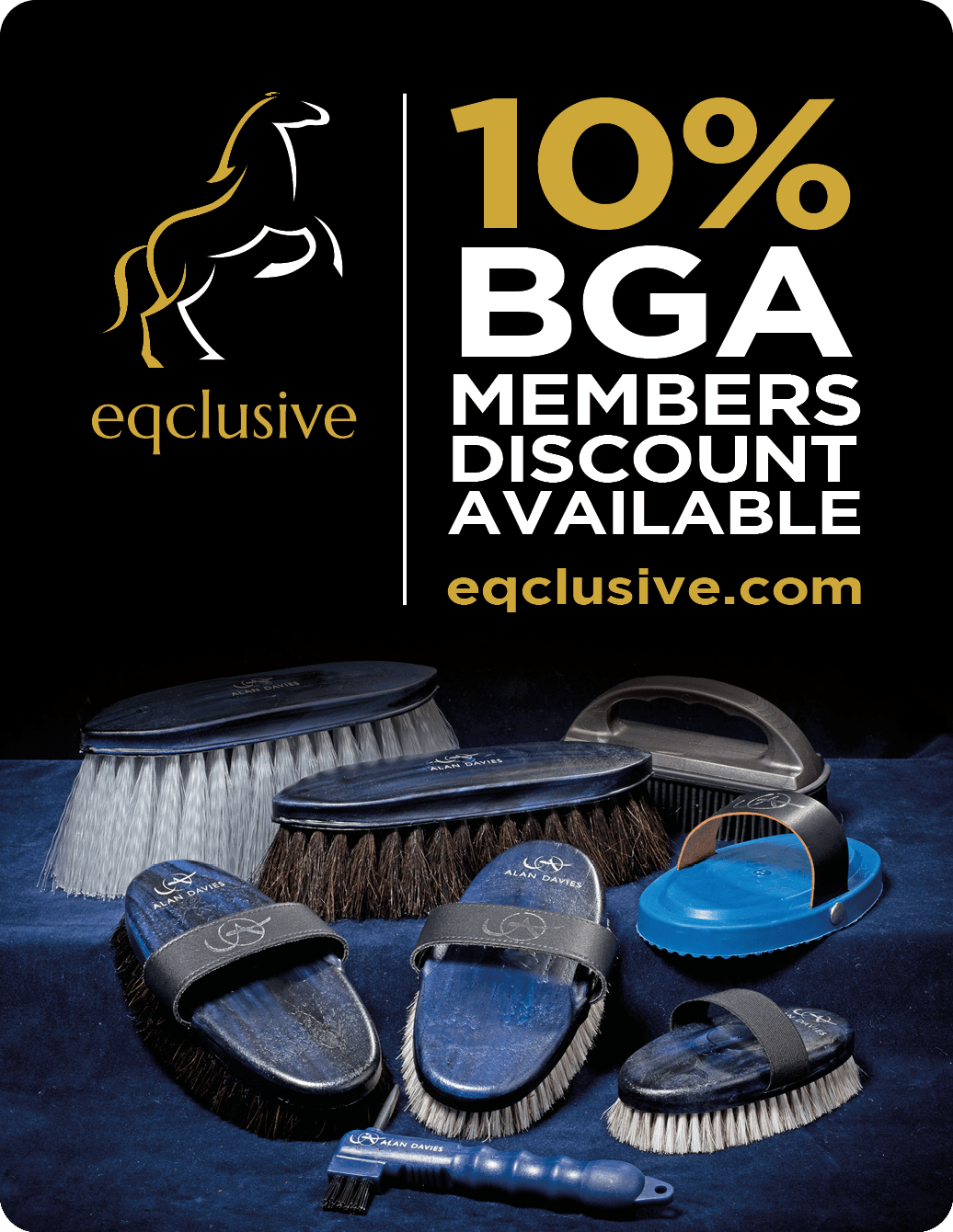- Join Now
- Login
- Member Zone
- Your Career
- Freelancing
- International Grooms Association
- BGA Training
- Healthy Yard Healthy Horses
- Transporting horses
- Brexit
- Safe workplace
- Student Zone
- Member Discounts
- BG Magazine
- Member services
- My employment
- Am I employed correctly
- Grooms Minds
- Safeguarding
- Legal Helpline
- BGA guide to the National Minimum Wage
- Training & Careers
- BGA CV Creator
- Horse groom training
- Where to Train
- BGA E Learning
- Career choices
- Change to Racing
- First Aid training for grooms
- Parents
- Grooms Jobs
- Grooms Life
- About
- News
- Contact

Tackling Osteoarthritis
1st September 2022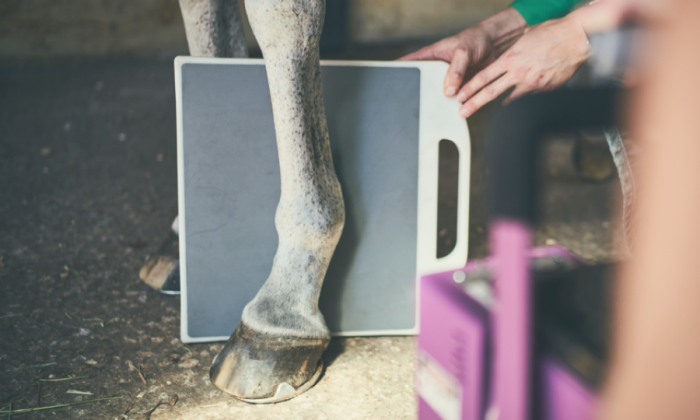
Joint disease is a major cause of lost competition days and ultimately can reduce the working lifetime of a competition horse.
Repetitive wear and tear coupled with the poor regenerative capacity of cartilage means that osteoarthritis is a degenerative condition. This is because joints are naturally in a continuous cycle of wear and repair, and when wear happens faster than repair, osteoarthritis develops.
Once the cycle of osteoarthritis has begun the joint fluid fills with inflammatory cells and compounds, resulting in break down of the joint cartilage, which then further stimulates more inflammation, and so the cycle continues. In chronic cases the result is a continually painful, physically altered joint with reduced movement, which is often performance limiting for the horse.
Commonly osteoarthritis develops due to excessive loading from exercise, concussion or general wear and tear, which means that we can try and protect the joint from osteoarthritis by concentrating on reducing the effect of these factors.
| Feeding a joint supplement such as Equitop® GLME is a great way of helping ensure horses are getting the key nutrients they need to help support their joint health. GLME is green lipped mussel extract - a rich source of glycosaminoglycans (GAGs), the building blocks of cartilage, as well as essential omega-3 fatty acids, which support the body’s natural anti-inflammatory processes. Equitop® GLME is made from high quality, sustainably sourced mussels, which have been cold-extracted to stabilise the nutrients and then preserved by freeze drying. |
If osteoarthritis does take hold of the joint then there are various treatments which can be considered. These range from simple anti-inflammatory medication given in feed to targeted medications injected into the joint. However, traditional treatments such as steroid injections tend to focus on reduction of lameness and inflammation alone and do not have a reparative effect on the joint.
Over the last 20 years, vets and scientists have worked to identify treatments that can address both the symptoms of osteoarthritis and the disease process itself. The goal is to ‘turn back the clock’ on joint disease and give owners more active time with their horses and ponies.
One of the most significant advances made in osteoarthritic treatments are stem cell medications. A lot of research has been focused on the use of stem cells in horses to try and achieve these goals. Stem cells have many properties, some of which we are yet to discover, including the release of natural anti-inflammatory substances and their ability to ‘instruct’ the horse’s own cells to increase production of new healthy tissues at the site of an injury.
In the past, stem cells have shown promise for use in equine joint disease but their production has involved lengthy, expensive and invasive procedures to harvest them from the patient’s own bone marrow, with variable results. A breakthrough came in 2019 when Arti-Cell® Forte became licensed as modern techniques meant that these medicines could be produced to a consistent standard and subjected to clinical trials to demonstrate safety and efficacy.

Arti-Cell® Forte is now available to vets to treat appropriate cases, where the lameness associated with osteoarthritis needs to be resolved but the longevity of treatment is also important. Investing in the health of a joint could give owners and horses more active time to enjoy together.
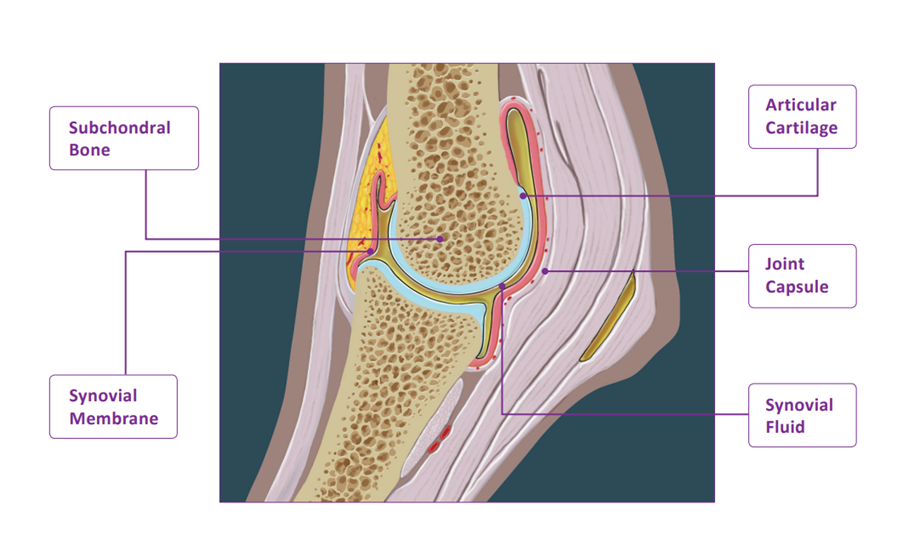
Arti-Cell® Forte suspension for injection for horses contains chondrogenic induced equine allogeneic peripheral blood-derived mesenchymal stem cells. UK: POM-V IE: POM. Advice should be sought from the prescriber. Further information available in the SPC or from Boehringer Ingelheim Animal Health UK Ltd., RG12 8YS, UK. Tel: 01344 746957. Email:vetenquiries@boehringer-ingelheim.com. Arti-Cell® Forte and Equitop® GLME are registered trademarks of Boehringer Ingelheim Vetmedica GmbH, used under licence. ©2022 Boehringer Ingelheim Animal Health UK Ltd. All rights reserved. Date of preparation: June 2022. UI-EQU-0063-2022. Use Medicines Responsibly.
McIlwraith, C.W., Frisbie, D.D. and Kawcak, C.E. (2012) The horse as a model of naturally occurring osteoarthritis. Bone and Joint Research, 1(11), pp. 297-309
Christopher J. Centeno, MD and Sarah M. Pastoriza, DO. (2020) Past, current and future interventional orthobiologics techniques and how they relate to regenerative rehabilitation: A clinical commentary. Int J Sports Phys Ther Apr: 15(2): 301-325
Ruiz, M., Maumus, M., Jorgensen, C. and Noël, D., (2019). Mesenchymal Stem Cell-Based Therapy of Osteoarthritis: Current Clinical Developments and Future Therapeutic Strategies. In A Roadmap to Non-Hematopoietic Stem Cell-based Therapeutics (pp. 87-109). Academic Press.
HOW TO ARCHIVE
What the personal accident policy covers you for:
- Whilst at work
- All stable duties – mucking out, grooming, washing off, turning out
- Clipping
- Riding – including hacking and jumping
- Hunting
- Lunging
- Breaking in
- Holding horse for a vet and other procedures
- Travelling horses both in the UK and abroad
- Competing in line with your job including: jumping, dressage, eventing
- Injuries that may happen to you whilst you are teaching - but you must also be grooming as part of your duties and not be a sole instructor
What the personal accident policy doesn’t cover you for:
- Riding in a race, point to point or team chase
- Stunt Riding
- Accidents occurring whilst travelling to and from work
- Riding and competing your own horse (but you can upgrade when applying for membership to include this)
- Public Liability – this is a separate insurance policy - the Freelance Groom Liability Insurance
- Care Custody and Control – this is a separate policy - the Freelance Groom Liability Insurance
If you require additional cover then please contact KBIS directly.
| GROOM | RIDER | EMPLOYER | |
|
When you are working for other people you do most of the following; muck out, turn out/catch in, tack up, groom horses, exercise Horses (including hacking, jumping and schooling), in the care of your employer/client. |
|
|
|
| Predominantly ride horses for other people including schooling, exercising and competing. | NO |
YES |
YES |
| Provide grooming services for someone else either full time or on a freelance basis i.e. an employer or a client. | YES |
NO |
NO |
| Employ staff – have an employers liability policy in your name | NO | NO | YES |
| Buy and sell horses | NO | YES | YES |





